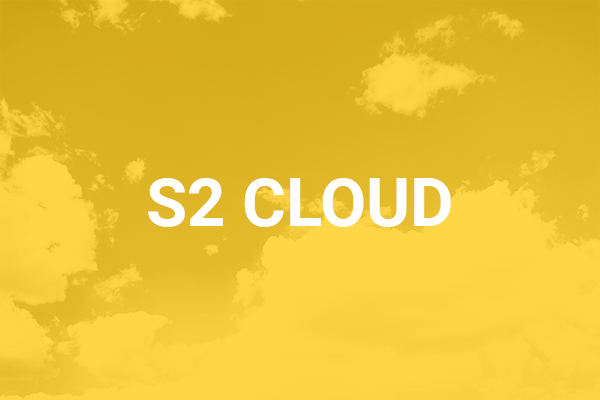

The term Cloud is derived from the use of a cloud shaped symbol used to remove the complicated infrastructure that operates in the back ground.
Virus Protection (SaaS)
Subscription based local Anti Virus protection served and managed through the cloud. Simple local deployment of cloud based client. Manage and control your protection through a single management console. Easily report and deal with any virus infections or unprotected systems.
Online Backup
Our Online Backup services automatically protect data residing on desktops, laptops, servers and network attached storage devices according to retention policies and schedules defined by you. Data is compressed, encrypted and sent to our partners UK primary, secure and state of the art data centre before it is replicated to a second secure UK data centre assuring the data is safely offsite for disaster recovery and regulatory compliance purposes. When data recovery is required, simply select the data to restore using an intuitive interface or for large data sets, the data can be returned to site for local, high speed LAN based recovery. Enhance your data back up strategy further for mission critical servers with our complete server back up solution. A total server restoration in the event of corruption, loss or failure typically within 30 minutes and your data no older than 15 minutes. For more information click here.
Hosted Email Security
Our Email Security is designed for businesses that have an on-site server – Microsoft Exchange or Small Business Server, for example. It provides a ring of security around your email, ensuring it remains secure, free from spam, and always there. Smart businesses always have a backup plan. If your primary email fails or you’re carrying out maintenance on your server, our Email Security lets you quickly switch to a hot-standby mail server that allows you to keep vital lines of communication open. Our Email Security anti-spam technology goes deep… 90 layers deep, in fact. Using sophisticated investigation techniques including both content and reputation-based scanning you get outstanding results. Benefit further with our archiving option. Long term secure storage with self search and retrieval capabilities.
Hosted Exchange Email
Hosted Exchange is the world’s leading messaging service based on Microsoft’s popular Exchange Server delivered as a cloud-based solution. Our hosted exchange server operates Microsoft Exchange Server 2010 with a massive 25 Gigabyte storage per user and optional 10 year archiving service without data limit. Each mail box is stored on at least 3 Exchange servers within UK data centres for resilience. Click here for our feature matrix
Store & Share
Designed for organisations of all sizes, store and share combines a wide range of functionality into a single hybrid cloud platform. The service provides support for existing NAS devices as well as a range of Store and Share NAS devices designed to replace an on premise file server. Coupling network storage with cloud-attached storage, it enables:
- Collaborative working and file sharing
- Easy secure remote access to data for roaming workers on laptops and mobile devices
- Sharing and working collaboratively on files with external non Store and Share users
- The secure back up of data on local devices to the cloud to protect against disasters
This is how it works:

Cloud is not for everyone.
Careful planning and considerations both technically and commercially will derive the suitability of adopting cloud based IT services.
It is important to know what is available to you both in terms of migrating your existing software vendor systems to cloud based Software as a Service equivalents or comparing other vendors solutions both in terms of functionality, migration and cost.
Is now the right time? Have you exhausted the investment made in existing systems, do you adopt a gradual hybrid environment?
S2 Technologies offer a specialist audit and strategy service that will assist you in your decision making process and avoid any catastrophic disasters.
We offer
- Advice
- Planning
- Vendor liaison
- Presales Consultancy Design
- Migration services
- Project Management
- Monitoring and management
- Bespoke support




